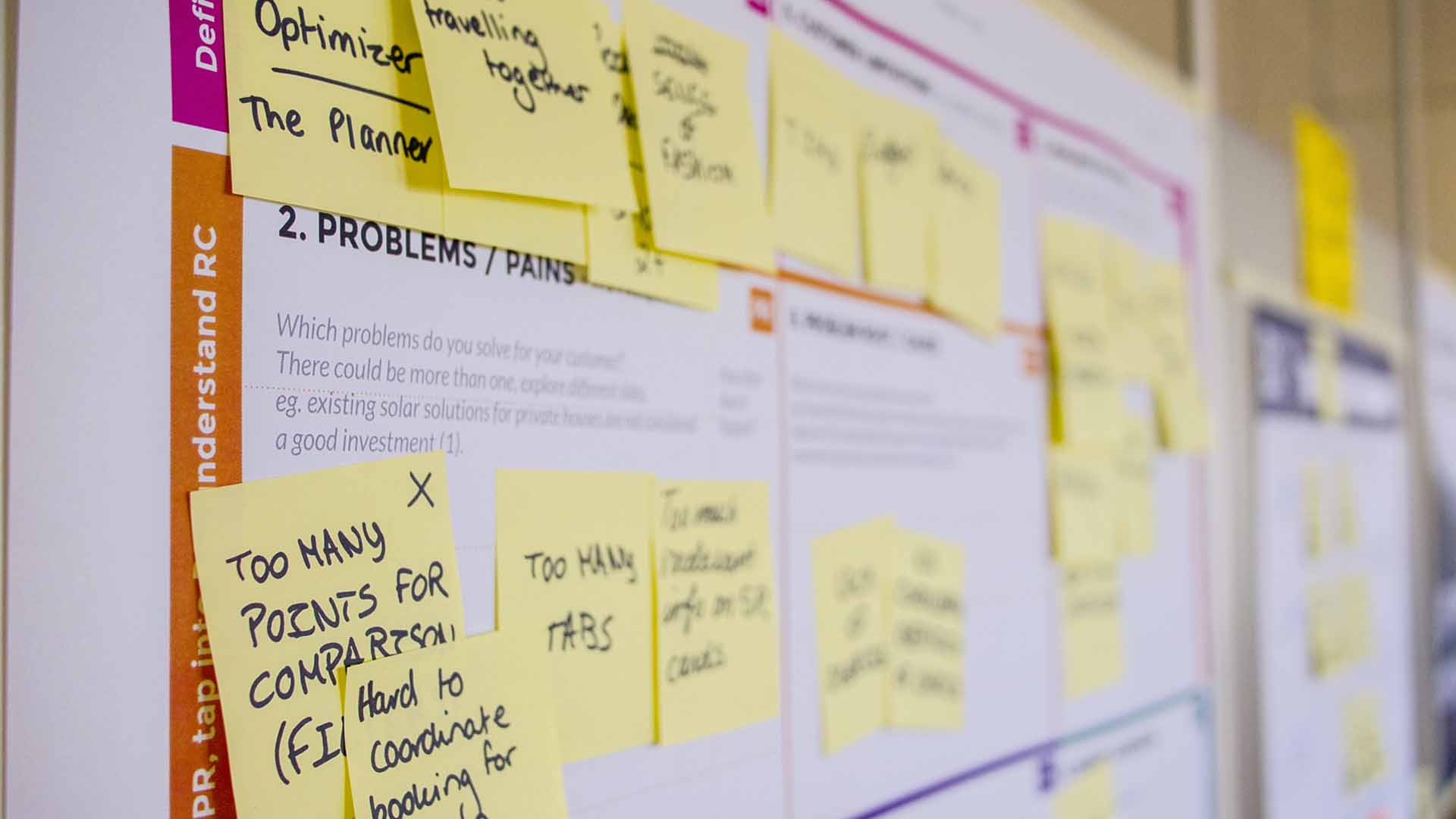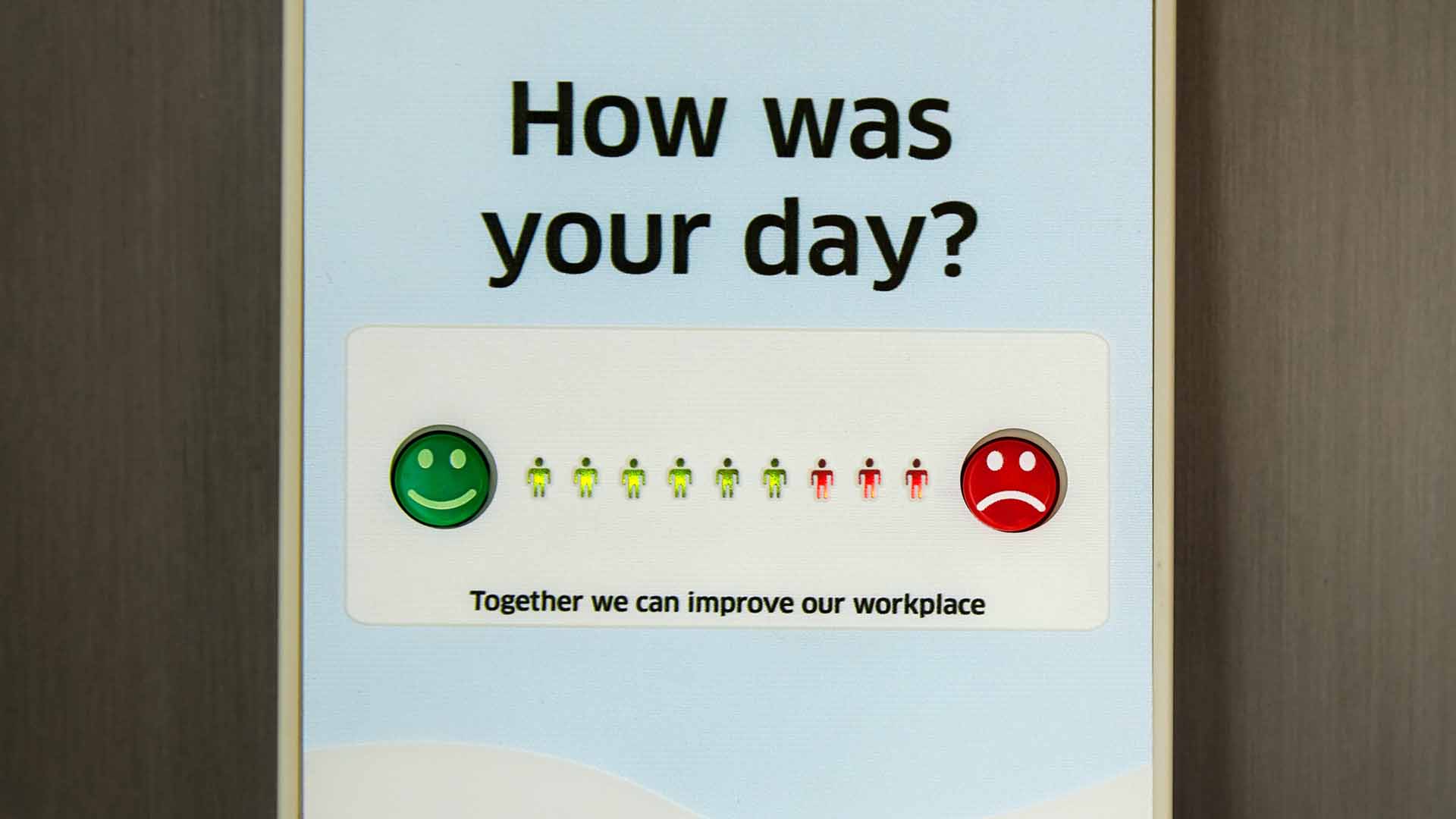Reading time: 7 min
You know the meme “it’s a dirty job, but somebody’s got to do it”, right? This sentence seems tailor-made for anyone dealing with customer care. Their job can really be very hard as they have to often manage angry customers, but it is also essential. After all, who would trust a company or organisation which, after you purchase a product or service, is unable to offer assistance or solve problems? The way problems are solved has a direct impact on customer satisfaction, which in turn affects the reputation and the success of the business. Considering everything boils down to problem solving, let’s try to understand what it is and how we can improve our attitude towards it.
What Problem Solving means
Problem solving is a set of techniques and tools used to solve problems. Having a method when facing critical situations is important because it allows you to react promptly, find solutions more quickly and with less effort, repeatedly make use of good practices, understand mistakes so as to avoid repeating them, but also collaborate more easily, which contributes to establishing a work culture based on mutual help and support.
There are actually many different problems that can occur in a variety of contexts, so talking about a single method to deal with problem solving is impossible. Many different techniques have been developed and codified by psychologists, business management experts, designers and so forth.
Within this variety of approaches, what is certain is that having a method guarantees efficiency. We will be focusing on problem solving dedicated to customer care, and to simplify, we divided it into 3 stages, the first of which is dedicated to understanding the problem itself. Indeed, at times, understanding the problem is harder than fixing it.

1st stage: analysing the problem
For a customer, a supplier, or a colleague, a problem is something that prevents them from achieving the goal they had in mind. When facing a difficulty, each of them has a particular expectation of how things should pan out. When they explain the problem, they will tend to present expected solutions rather than focusing on what really happened. Failing to present the solutions they were expecting might be cause for disappointment in the short term, but let’s not forget that full customer satisfaction is achieved only if the offered solution is effective and reliable.
Therefore, in order to make an informed decision, we need to achieve an accurate understanding of “what” happened and “what” is being prevented from happening, i.e., the other party’s final goal, and not just “how” they want to fix the issue.
Let’s remember that frustration stemming from a difficulty can result in anger or fear, which often turn into aggressive behaviours.
This is perfectly natural, and it forces us to analyse the occurrence not only from a technical point of view, but also in terms of relations. We need to ask ourselves in what emotional state the client is and what was the event that triggered their reaction. In any case, the biggest mistake we can make in this phase is to react impulsively without having the right information and draw hasty conclusions instead of taking the time to fully understand the problem.
But what can we do if the customer is the one who immediately proposes solutions? We can, of course, listen to their suggestions (we might need them later), but remember that you are in charge of guiding the problem-solving process, making sure that you spend as much time as possible in the analysis phase, which after all is also the most time-consuming and demanding. Try asking questions:
- To discover what was the primary cause of the problem.
- To assess whether there is an even older origin, such as a less recent unresolved issue, or an even deeper root of the problem.
- To understand which goal or result was prevented from happening by the problem.
- To interpret the customer’s emotional state and what they care most about.
 Photo Daria Nepriakhina on Unsplash
Photo Daria Nepriakhina on Unsplash
2nd stage: identifying the solution and drawing up a plan
Once you have collected all the data, including your customer’s suggestions, you can dedicate time to designing solutions. There are a few ingredients that characterize a good resolution of a problem and can be summarised as follows: simplicity, speed, accuracy, and respected deadlines, but especially empathy, which shows that you are listening to the customer and that you understand their requests. This supports the idea that their trust is well placed.
When it comes to convincing the customer to adopt the solution you have advised, remember that you now have to deal with an actual negotiation.
Try to communicate in a positive manner, focusing on the advantages. Inform the customer in an unbiased way, by using direct expressions that clearly present the result they will achieve.
If you can, have some alternatives ready at hand, just to have some wiggle room in case they aren’t fully satisfied with your first proposal. In this phase, it’s especially important to focus on the solution and leave the problem behind. Instead, what often happens is a witch-hunt in an effort to find the culprit. This wastes precious time and resources which should instead be dedicated to finding answers to the problem. Therefore, these corrective measures and confrontations with the team should be postponed. They will of course be necessary to make sure the problem doesn’t occur again, but it can all be managed more calmly and effectively once it has all been resolved.
Another vital factor in this phase is making clear agreements, both internally and externally, on deadlines, phases, and timelines. A well-written and shared plan of action prevents mistakes, is reassuring, and showcases a professional approach, turning problem solving into an opportunity for the brand to grow and be supported.
In your operational plan, don’t neglect to answer these questions:
- Which actions are necessary?
- Who needs to act?
- What kind of support or resources do we need?
- What priority do these actions have?
- How long will it take to carry them out?
- How much time do I have before I have to provide the customer with an answer?
3rd stage: closing the case
The main effect of managing a problem badly is that you will find yourself out of your customer’s Circle of Trust, and not just out of theirs, unfortunately. Without a method to approach problem solving, we risk damaging both our business relations and those with the colleagues who were involved. This will effectively increase the number of problems we need to face, which triggers a vicious circle that we should immediately stop. There is a series of mistakes we should avoid when managing our customers, and you can analyse the main mistakes by reading our article on “The 10 mistakes to avoid in the After-Sales service”. Try to avoid omissions, lies, unclear statements, indifference, conflict, and so on, but the most important thing to never ever forget is to carry out the last step that characterises any problem-solving strategy: asking for feedback at the end of it all!
A problem is truly resolved not when you’ve done everything you can, but when the customer says they are finally satisfied.
Therefore, you are not the one who has to say the problem-solving process is over, it’s down to your customer.
Many who work in customer care are literally terrified to ask, “So, are you satisfied? Is there anything else I can do?”. This is because they are afraid the answer is “No”, which means they would have to open the case again. Whether they say it or not, if the customer isn’t satisfied, your problem can turn into something even more serious, which would potentially have detrimental effects on your entire business.
It’s best, therefore, to go back to the 2nd stage and suggest an alternative solution, or maybe even return to the 1st stage to further investigate the issue.
For those who think that it is redundant to ask a customer whether they are satisfied even when you are certain that you’ve solved the problem, let’s remember there is a technique called “anchoring”, which is based on the idea that a direct and public statement of satisfaction reinforces trust. This, in turn, would encourage people to do business with us again and promote positive word-of-mouth.
Having a positive attitude towards problems means making use of those opportunities to prove your own professional and personal qualities, turning promises into tangible action, and strengthening your relationship with customers.
| partem claram semper aspice |
The photos used - where not owned by the editorial team or our guests - are purchased on Adobe Stock and IStockPhoto or downloaded from platforms such as UnSplash or Pexels.
Did you like this post and want to learn more about the topics?
Passodue research on issues related to sales, marketing, ethics and the centrality of human beings within the market logic, officially started in 2012. The results derived from our work are described in the publications and in the books you can find in this section.


 Photo
Photo 


Comments (0)